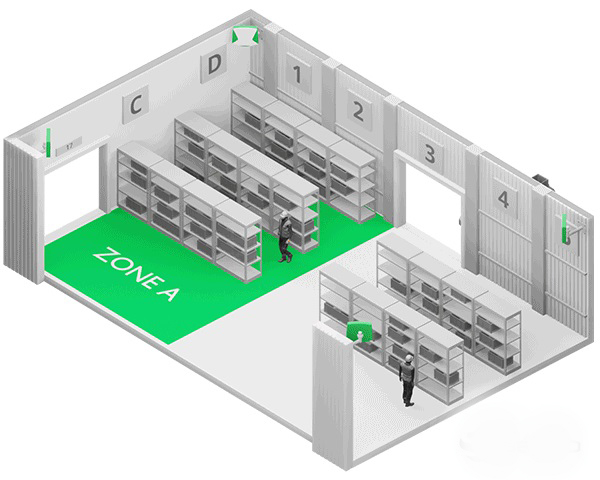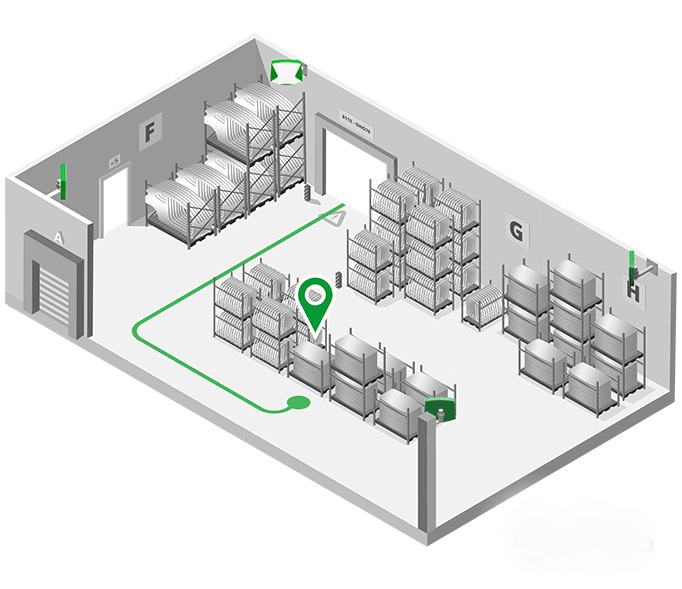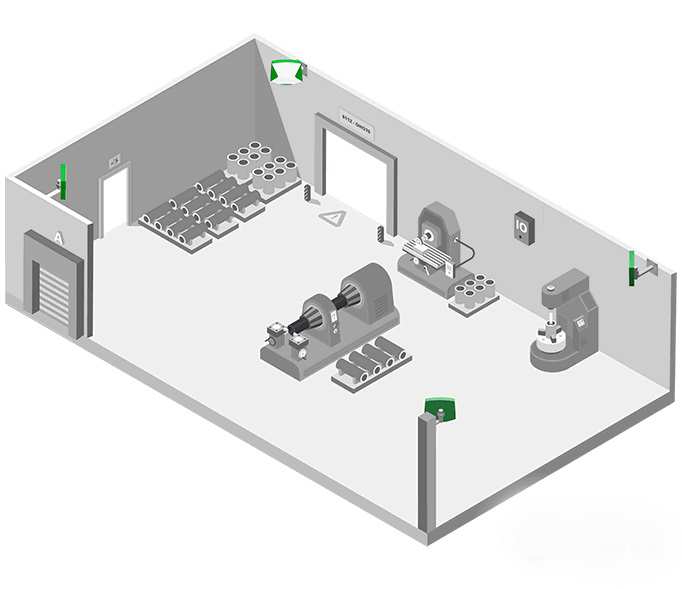Increase Safety and Security with InSitu’s Employee
Location Tracking System
Employees influence the success of the companies they work for. InSitu’s Real-Time Location System helps organizations safeguard their team members by improving their safety, reducing the time necessary for mustering and rescue operations, increasing security and streamlining location workhours reconciliation.
How Does Real-Time Indoor Employee Location
Tracking Work?
Every employee, contractor or site visitor is provided with a tag that identifies their precise location in real-time. The tag can be featured in a standard visitor badge, like those issued at conferences, or in a watch, like those worn in public baths or aquaparks. Optionally, tags can also be attached to clothing, in the same way as with athlete monitoring.

The Benefits of Employee Location Tracking
Quicker Mustering Time
Even the most up-to-date paper-based mustering processes take a significant amount of time before finally securely discovering who is safe and who is still missing. The complexity of the process multiplies with the size of the facility, the number of floors within buildings and the amount of assembly (=muster) points. Digitalization of the mustering process significantly helps to decrease the time needed to complete it and brings real-time updates of those accounted for and those persons still missing, together with an instant evacuation list.
.jpg)
Improving Emergency Drills through Analysis
Having real-life historical data of the movements of all people and, eventually, also key objects during emergency drills helps to verify the validity of evacuation routes, reveal blockers, both in the paths and the processes, and streamline them. Facility emergency managers can use these real-life-based insights to handle special emergency scenarios in the best possible way, maximizing the safety of all people at the facility.
Increasing Safety by Creating a People-Aware
Environment
Certain safety use cases combine people tracking with tracking moving objects, such as tracking forklifts, to prevent injuries. At unloading areas, forklifts are busy with their operations and at any time, anyone, such as the truck driver who just came with new cargo, can suddenly appear in the proximity of the forklift. By tracking both the forklift and the truck driver, the system can automatically alert the forklift operator on their screen that a person (the truck driver) has suddenly entered their operational zone to prevent a fatal injury.

Indoor Smart Quarantining Solution to Limit
Infection
Respiratory infections, such as flu or coronaviruses, including Covid-19, are a serious health risk and their transmission across the workplace is even easier in a closed indoor facility. Using UWB RTLS, companies track team members on their premises to help prevent the spread of infection by monitoring, with one click, anybody who has come into contact with a newly identified infected person. Those exposed staff members are tested and receive the treatment they need as quickly as possible. This “smarter”, faster and selective quarantining helps to save lives and keep mission-critical operations running at all times.

Indoor People Navigation
Indoor navigation helps people, both employees or site visitors, by directing them to their planned destination in the shortest time and safest way possible. People can be guided by a mobile device, with the tracking tag either on the device or in the visitor badge. This benefit becomes even more important when supporting the movement of visually-impaired people, who can be easily vocally guided to their target spot.



.jpg)




